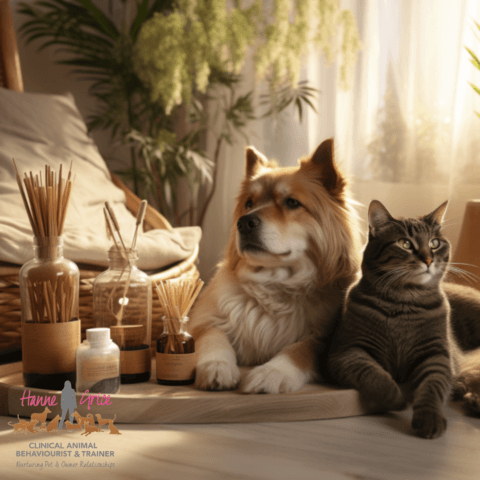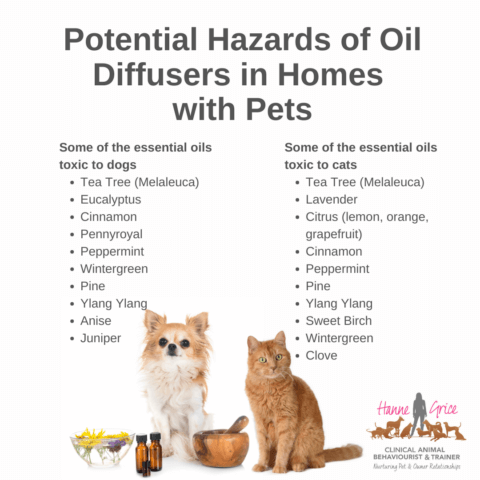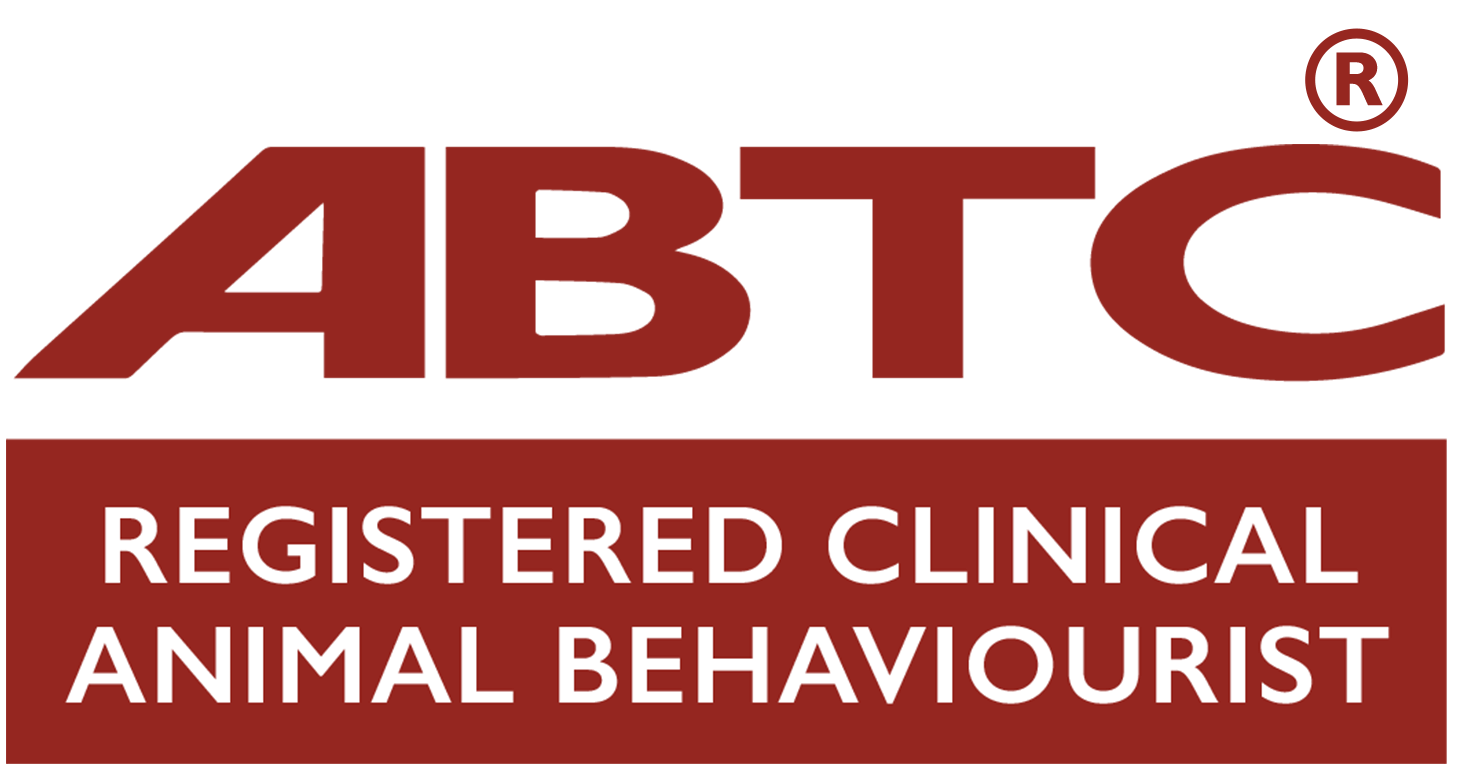As pet owners, we always strive to create a safe and comfortable environment for our furry companions. While oil diffusers are a popular choice to freshen up our homes and create a pleasant ambiance, it’s crucial to be aware of the potential hazards they may pose to our beloved pets. This article aims to provide pet owners with valuable information on different types of oil diffusers, their associated risks, and a list of oils that can be potentially hazardous to pets.

Types of Oil Diffusers
There are typically two different types of oil diffusers.
- Passive Diffusers. For example:
- Reed Diffusers: These diffusers contain essential oils in a bottle, with reeds that absorb and release the fragrance into the air gradually.
- Candle Burners: These diffusers use heat from candles to warm essential oils and disperse their aroma.
- Active Diffusers. For example:
- Nebulizing Diffusers: Nebulizers break down essential oils into tiny particles and disperse them into the air in a concentrated form.
- Ultrasonic Diffusers: These diffusers use ultrasonic vibrations to create a fine mist of water and essential oils that is released into the air.
Potential Hazards
- Inhalation Risks: Certain essential oils can be harmful when inhaled by pets, as they have a more sensitive sense of smell and respiratory systems than humans. The concentrated aroma in active diffusers, such as nebulizing and ultrasonic diffusers, can be overwhelming for pets and may cause respiratory distress, coughing, sneezing, or difficulty breathing.
- Contact Risks: Pets may come into direct contact with diffusers, especially if they are easily accessible. This can lead to skin irritation, allergic reactions, or ingestion of the oils if licked off their fur or paws.
Oils Potentially Hazardous to Pets
While many essential oils are safe for humans, some can be toxic or irritating to pets. It’s important to exercise caution and avoid using diffusers with oils that are potentially harmful to your furry friends. There are many essentials oils to be mindful of, and below are a few of the common ones found in homes.
- Essential Oils Toxic to Dogs:
- Tea Tree (Melaleuca)
- Eucalyptus
- Cinnamon
- Pennyroyal
- Peppermint
- Wintergreen
- Pine
- Ylang Ylang
- Anise
- Juniper
- Essential Oils Toxic to Cats:
- Tea Tree (Melaleuca)
- Lavender
- Citrus (lemon, orange, grapefruit)
- Cinnamon
- Peppermint
- Pine
- Ylang Ylang
- Sweet Birch
- Wintergreen
- Clove
Click here to access the Pet Poison directory for a list of all plants, substances and more that can be harmful to animals.
Symptoms to Look Out for if Your Pet has been Exposed to Essential Oils
If you suspect that your cat or dog has been exposed to essential oils, it’s important to monitor them closely for any signs of adverse reactions. While not all pets will have the same response to essential oil exposure, here are some common symptoms to look out for:

- Respiratory Distress: Keep an eye on your pet’s breathing. If you notice coughing, wheezing, rapid or laboured breathing, or any signs of difficulty breathing, it could indicate a respiratory reaction to the essential oil.
- Skin Irritation: Watch for any signs of skin redness, swelling, itching, or irritation. Excessive scratching, licking, or chewing at the skin can also be a sign that the essential oil has caused discomfort or an allergic reaction.
- Gastrointestinal Upset: Keep an eye on your pet’s digestive system. Vomiting, diarrhoea, loss of appetite, or excessive drooling could indicate that the essential oil has irritated their gastrointestinal tract.
- Behavioural Changes: Look for any sudden changes in your pet’s behaviour. They may become restless, agitated, or exhibit signs of anxiety. Lethargy or unusual sluggishness can also be a cause for concern.
- Neurological Symptoms: In rare cases of severe essential oil toxicity, pets may display neurological symptoms such as tremors, seizures, uncoordinated movements, or disorientation. These symptoms require immediate veterinary attention.
If you notice any of these symptoms or have concerns about your pet’s well-being after exposure to essential oils, it is essential to contact your veterinarian promptly. They will be able to provide proper guidance, assess your pet’s condition, and recommend appropriate treatment. Remember, the severity of symptoms may vary depending on factors such as the type of essential oil, concentration, duration of exposure, and individual pet sensitivity. Early intervention and veterinary care are crucial to ensure your pet’s safety and well-being.
How to reduce the risk?
To minimise risk you could avoid having essential oils in the home in the first place. However, if you want to use diffusers then below are some ways in which you can reduce the risk to your pets.
- Choose Pet-Friendly Diffusers: Opt for passive diffusers like reed diffusers or candle burners, which release a milder fragrance and pose less risk to pets. Ensure they are placed in areas inaccessible to your pets.
- Proper Ventilation: Keep the room well-ventilated when using any type of diffuser to minimise the concentration of diffused oils in the air.
- Pet-Free Zones: Designate certain areas in your home where diffusers are used and these areas are pet-free zones. This allows your pets to relax and retreat to their own safe spaces without exposure to potentially harmful oils.
- Safe and Secure Storage: Make sure any oils are kept out of reach from your pets and the places you are keeping bottles and other elixirs cannot be opened or accessed by children or your pets.
- Consult Your Veterinarian: If you suspect your pet has been exposed to essential oils or is showing any signs of distress, consult your veterinarian immediately for appropriate guidance and treatment.
While oil diffusers can enhance the ambiance of our homes, it’s crucial to prioritise the safety and well-being of our pets. By understanding the risks associated with different types of diffusers and being mindful of the oils we use, we can create a pet-friendly environment that promotes their health and happiness.
References
- American Society for the Prevention of Cruelty to Animals (ASPCA) – Essential Oils: Aromatherapy & Your Pets (https://www.aspca.org/pet-care/animal-poison-control/toxic-and-non-toxic-plants/essential-oils)
- Pet Poison Helpline – Essential Oils and Cats (https://www.petpoisonhelpline.com/blog/essential-oils-cats/)
- Canadian Veterinary Medical Association (CVMA) – The Dangers of Essential Oils to Pets ((Cats and Essential Oils | Canadian Veterinary Medical Association (canadianveterinarians.net)
Learn more about our classes

Get Hanne's Book
Playing With Your Dog will help any dog owner work out the games that are best suited for their pet to play throughout his life, from puppyhood to old age. The book also shares some tricks for all ages, group activities, and recommended toys that dogs will enjoy.

























